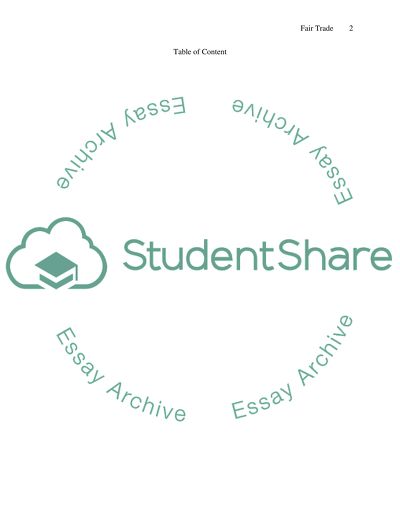Cite this document
(Fair Trade Movement - the Rules of World Trade Should Be Altered acros Term Paper, n.d.)
Fair Trade Movement - the Rules of World Trade Should Be Altered acros Term Paper. Retrieved from https://studentshare.org/social-science/1511732-fair-trade
Fair Trade Movement - the Rules of World Trade Should Be Altered acros Term Paper. Retrieved from https://studentshare.org/social-science/1511732-fair-trade
(Fair Trade Movement - the Rules of World Trade Should Be Altered Acros Term Paper)
Fair Trade Movement - the Rules of World Trade Should Be Altered Acros Term Paper. https://studentshare.org/social-science/1511732-fair-trade.
Fair Trade Movement - the Rules of World Trade Should Be Altered Acros Term Paper. https://studentshare.org/social-science/1511732-fair-trade.
“Fair Trade Movement - the Rules of World Trade Should Be Altered Acros Term Paper”, n.d. https://studentshare.org/social-science/1511732-fair-trade.


